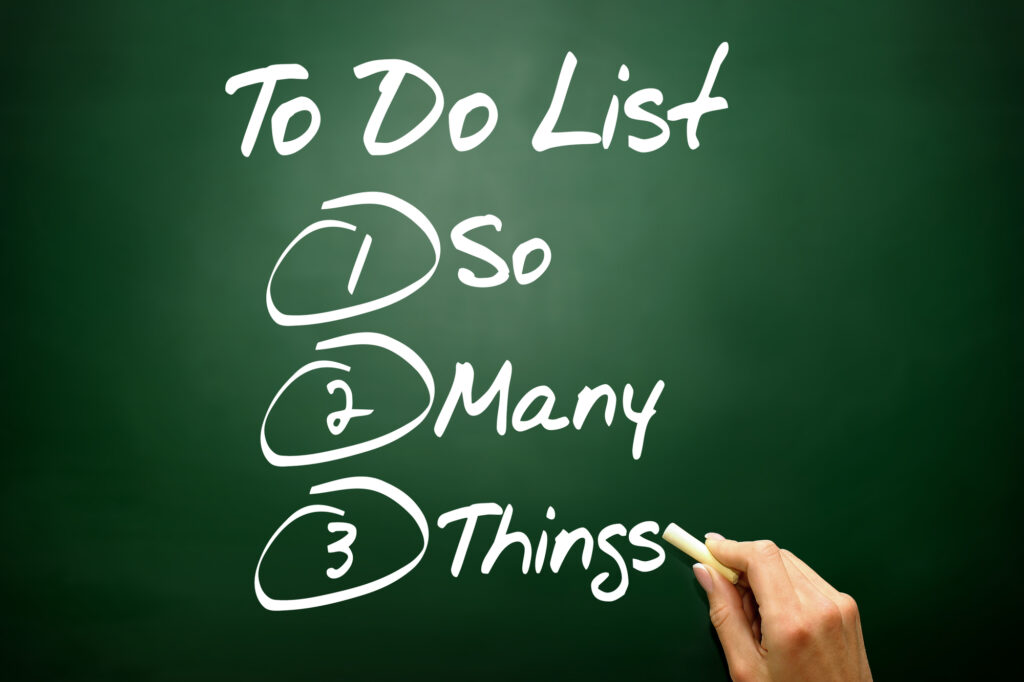My Therapy Checklist
Whatever experience I have gained from my work over the years – successful and unsuccessful – is captured in this therapy checklist.

Here it is – my very own fivefold therapy checklist
One: Exerting Authority
My clients have to place some trust and faith in me – not completely but at least in part. I know this is justified as I will be able to help most of them and for this reason I focus on building trust early on in therapy and at times I may be quite strong and forceful.
You could say that I am exerting my authority. This is in order that a self feeding circle can naturally begin – as my authority increases so together we are better able to find what is needed.
Two: Reflecting back
Before I can have the necessary degree of confidence in what is needed by my client and how I can best help him or her, I need to test and get feedback. And the best way I have found to do this is by reflecting back what my clients says to me but typically reframed into a bigger story or narrative of their life.
I call this narrative reframing. I cannot over emphasise the importance of this for me – so that we both can become increasingly comfortable with what we intend to do.
Three: Testing resistance
As confidence builds and progress begins to be made or indeed if there is no progress and something different is needed, I will begin to test my client. I may put forward an opinion that might be difficult to accept (such as to talk about problems is a bad thing) or to make a suggestion/set a task that would be a surprise or difficult to understand or to use a metaphor and tell a story that would be quite unexpected.
I may say something about myself that they might not expect. And this resistance testing is both about finding the limits to what is possible but also to see where there are possibilities for pushing back boundaries.
Four: Directly experiencing
A direct experience will always have a greater influence than simply to be told about it. This is why the time between sessions is so important and why I focus quite carefully on how the time between sessions might be different. Sometimes this means making explicit suggestions while at other times it simply means seeding the possibility of change.
It is also one of the main reasons why trance can be so important – if only that it can provide a direct experience of relaxation and calm and that this can be such a contrast to my client’s typical state.
Five: Patiently waiting
When you don’t know what to do or your client has said something surprising – then all you can do is to wait patiently, while perhaps engaging in gentle conversation and making full use of open ended brief therapy type questions.
At that moment I have to trust my intuition. That something will be said or a connection made that I find I can use. And more often than not, this will be the breakthrough that we need.

Listen to this
Just 3-4 minutes each
Trance explained simply and profoundly Listen/download
Normalisation is to have an explanation of our mental distress that makes sense to us and which means that we know we are not going mad Listen/download